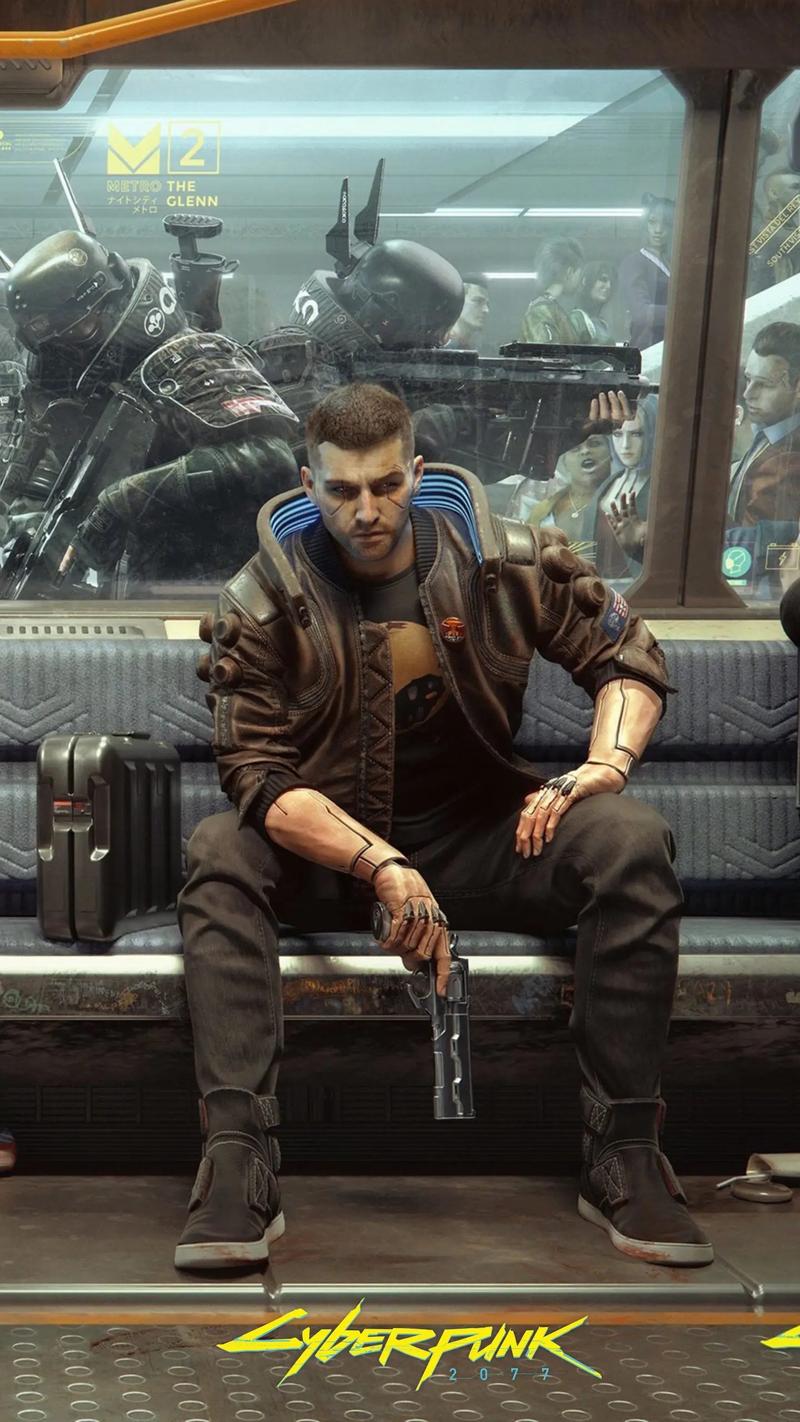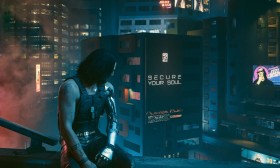The Evolution of Mayhem: Analyzing Borderlands 3 Director’s Cut’s Post-Launch Score Resurgence
When Borderlands 3 launched in 2019, it was met with a cacophony of critical and fan reactions—a mix of rapturous praise for its refined gunplay and expansive worlds, and vocal disappointment for its narrative choices and technical hiccups. This set the stage for Gearbox Software’s extended post-launch strategy, a series of content drops and updates designed not just to add to the game, but to fundamentally improve it. The culmination of this effort, the Director’s Cut add-on, did not merely release as a standalone product; it was the final, crucial piece in a larger puzzle of redemption. Its eventual positive reception and the subsequent uplift in the overall perception of Borderlands 3 is a masterclass in modern live-service game stewardship.
Initially, the Director’s Cut faced a familiar headwind. Upon its release in March 2021, some reviews pointed to its relatively light main offering—the central “Murder Mysteries” questline—as being perhaps insufficient for its price tag. The discourse echoed a common sentiment in live-service games: "Is this enough?" However, to view the Director’s Cut in isolation is to miss its true purpose. It was never intended to be a massive narrative expansion like Assault on Dragon Keep; instead, it was designed as a capstone, a collection of endgame-focused content and behind-the-scenes insights that relied on, and enhanced, everything that came before it. Its true score, its lasting impact, wasn’t determined at launch, but in the months that followed as players digested its role in the complete BL3 ecosystem.
The most significant post-launch improvements to the Director’s Cut’s value proposition came not from the content itself, but from Gearbox’s relentless commitment to refining the core game alongside it. The Director’s Cut included the formidable “Hemovorous the Invincible” raid boss, a challenge designed for the most optimized builds. Initially, this fight could feel punishing to the point of frustration, highlighting lingering issues with weapon balancing and character viability. Gearbox listened. A series of comprehensive hotfixes and patches, delivered consistently after the DLC’s launch, systematically buffed underperforming weapons and action skills.
This ongoing balancing act transformed the raid boss experience. What was once a battle of attrition became a thrilling test of synergistic builds and skill. The community responded enthusiastically, creating a vibrant online meta of build guides, solo-kill videos, and strategy discussions. The Director’s Cut provided the playground, but the post-launch support ensured it was a fair and fun one. This demonstrated a crucial lesson: premium DLC and free foundational updates are not separate entities; they are deeply intertwined. The value of one is directly proportional to the quality of the other.
Furthermore, the Director’s Cut served as a vehicle for unexpected, community-driven additions. The inclusion of “The Vault Cards,” a new perpetual progression system with daily and weekly challenges, was a feature whose longevity wasn’t immediately apparent at launch. However, its integration into the daily ritual of dedicated vault hunters provided a constant reason to return. Post-launch, Gearbox continued to add new cosmetic and gear rewards to the Vault Cards, ensuring this system remained fresh and engaging long after the main mysteries were solved. This turned a one-time purchase into a gift that kept on giving, fostering player retention and softening the initial criticism about the DLC’s volume of content.
Perhaps the most underrated aspect of the Director’s Cut was the “Behind-the-Scenes” gallery. While not a traditional gameplay feature, this collection of concept art, storyboards, and developer commentaries offered a newfound appreciation for the game’s scale and artistic ambition. In the context of the game’s rocky launch, this transparency acted as a form of narrative repair. It humanized the development process, allowing players to see the passion and immense effort that went into creating the worlds of Borderlands 3. This fostered a deeper emotional connection, moving the conversation past earlier criticisms and toward a more holistic appreciation of the project.
The final, and most impactful, post-launch improvement was the rollout of cross-play functionality. While not exclusively part of the Director’s Cut, its activation around the same period fundamentally changed the game’s social dynamics. The Director’s Cut’s content, particularly the raid boss and Vault Cards, became dramatically more appealing when players could easily team up with friends regardless of platform. This multiplicative effect significantly enhanced the perceived value of the DLC. It was no longer just new content; it was new shared experiences, the very lifeblood of the Borderlands franchise.
In conclusion, the Metacritic score or the initial review snapshots of the Borderlands 3 Director’s Cut tell an incomplete story. Its true legacy is defined by the months of supportive post-launch development that followed. Gearbox Software understood that in the modern gaming landscape, launching content is only half the battle. The other half is nurturing it, balancing it, and integrating it seamlessly into the living body of the game. By using the Director’s Cut as an anchor point for a continued campaign of quality-of-life updates, weapon balancing, and monumental features like cross-play, Gearbox successfully engineered a remarkable resurgence in the title’s reputation. The Director’s Cut’s highest score is not found on a review aggregator, but in the sustained engagement of a community that saw a developer listen, adapt, and ultimately, deliver on the mayhem-filled promise of Borderlands 3.















